For those who don’t know, Netflix recently released their latest animated series The Cuphead Show! Based on the popular indie video game Cuphead from 2017, the series follows the ever-impulsive Cuphead and his much warier brother Mugman as they go on a series of high-flying misadventures that put them face-to-face with several colorful characters including boxing frogs, troublemaking baby bottles, and even the Devil himself!
Much like the game it’s based on, the art style and overall aesthetic of The Cuphead Show! takes plenty of influence from the rubber hose style of animation that was prevalent in many classic cartoons from the 1930s, namely the works of Walt Disney and Max Fleischer. If you’ve already seen The Cuphead Show! and want to learn more about its potential inspirations, then here are some collections of classic animated shorts that you should check out.
Mickey Mouse Cartoons
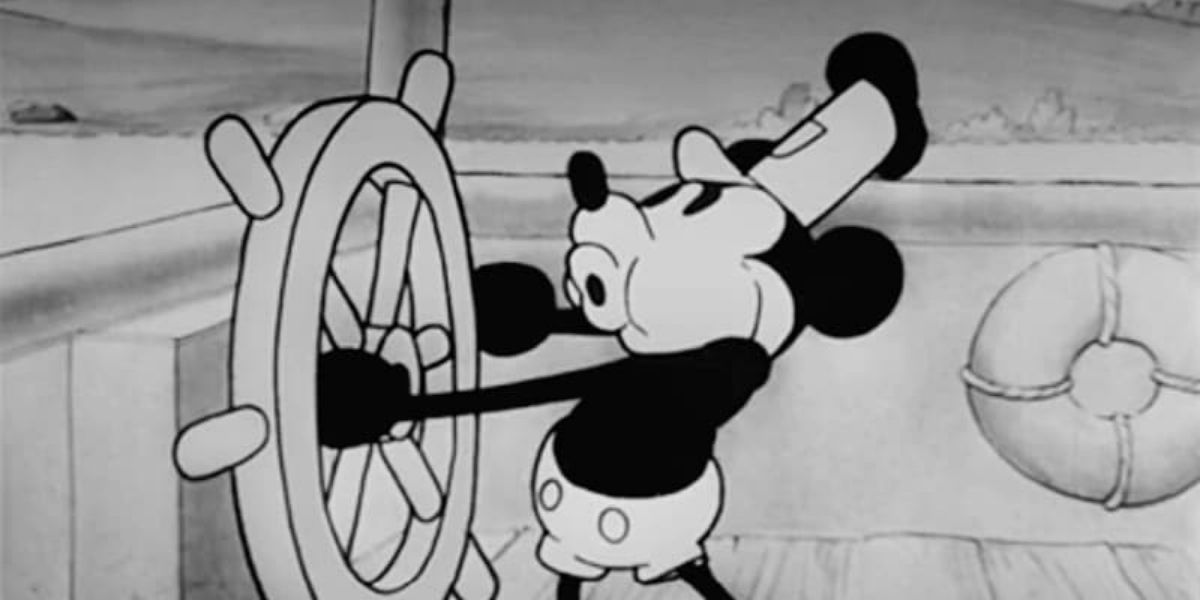
Although Walt Disney had plenty of animation credits to his name prior to 1928, it was the creation of one anthropomorphic mouse that would cement his legacy as one of the greatest minds in the entertainment industry.
Directed by Disney and animated by Ub Iwerks and Wilfred Jackson, 1928’s Steamboat Willy is not only the first official appearance of the company’s future mascot Mickey Mouse, but also one of the first animated short to be produced with synchronized sound. Seeing Mickey happily whistle “Steamboat Bill” was enough to put him on the map and was likely a huge inspiration for the creators of Cuphead.
Disney made even more Mickey Mouse shorts in the 1930s, and the character’s popularity continued to skyrocket. One such short, 1935’s Mickey’s Garden, may have also been influenced the creators of Cuphead since it features plenty of trippy, Technicolor imagery such as regular-sized bugs that get drunk on insecticide. Considering that Disney is still releasing Mickey Mouse shorts to this day, it’s no wonder why he’s still the face of the company.
Silly Symphony
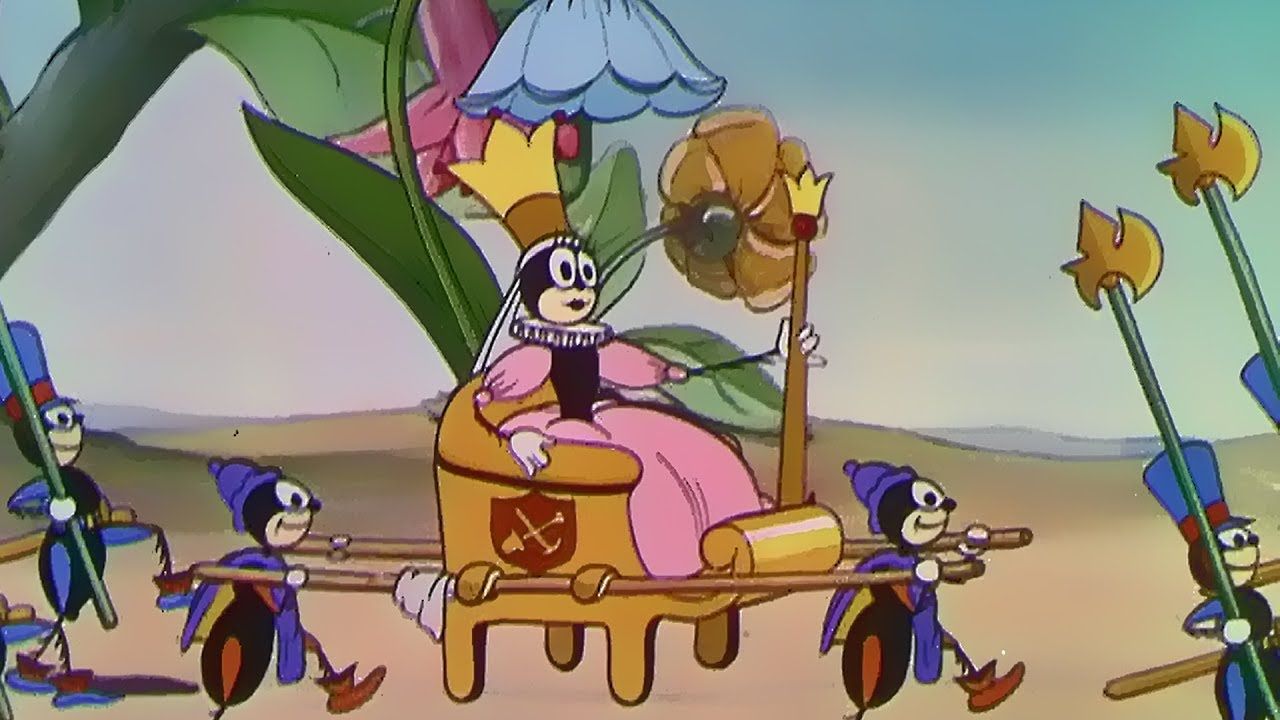
Another popular series of short films that Disney released at the time was Silly Symphony. As the title suggests, these shorts often featured music and were not meant to be taken seriously. They also predate the Mickey Mouse shorts in their use of Technicolor.
This series even embraced the supernatural as early as its first sketch. Aptly titled The Skeleton Dance, the short, which released in 1929, takes place in a ghostly graveyard and revolves around four skeletons who dance and make music with their bones–at least until the sun comes up. Not only was this film entertaining to watch but also received some love in both the Cuphead video game and The Cuphead Show!
Another horror-themed Silly Symphony that likely influenced Cuphead and its Netflix adaptation is Hell’s Bells. Released three months after The Skeleton Dance, this short is set in Hell and sees Satan and the other devils throw a party. Upon watching this film, it’s not hard to deduce that the creators of both the Cuphead video game and The Cuphead Show! took heavy inspiration from this Satan when they were developing their own version of the Devil.
Talkartoons
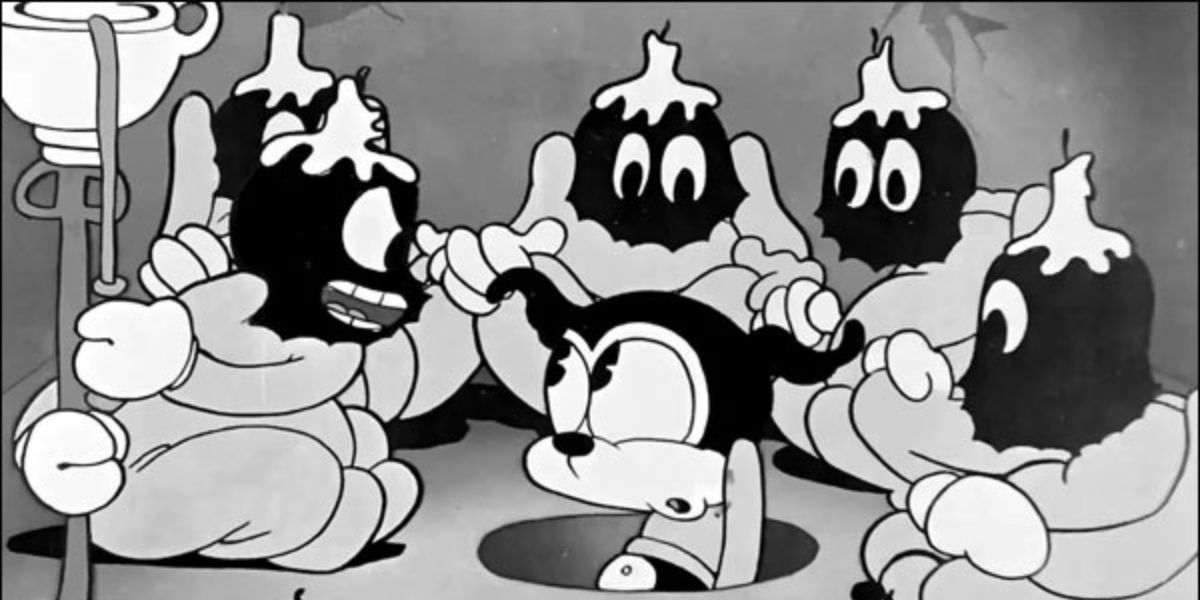
To keep up with Hollywood’s hasty transition from silent film to talking pictures, Max and Dave Fleischer developed a series of short films known as Talkartoons. Released between 1929 and 1932, these shorts initially featured a basic paper-cutout animation style that severely lacked in the gray tones used to make the characters and backgrounds look more dynamic. However, it didn’t take long before Fleischer Studios decided to animate future Talkartoons on cels, which not only allowed for more gray tones but also changed animation for the better.
Hiring Grim Natwick as an animator for Talkartoons was another step in the right direction for Fleischer Studios as led to the shorts having a surrealist quality that distinguished them from their contemporaries. Take 1931’s Bimbo’s Initiation, for example. This short stars the anthropomorphic dog Bimbo, who was already a prominent player in Talkartoons at the time, refusing to join to a mysterious cult and is thereby forced to make his way through a large assortment of death traps that include falling blades, spiked walls, and even sticky floors. As offbeat as it sounds, the film is so iconic that in his 1980 reference book Of Mice and Magic: A History of American Animated Cartoons, high-profile film critic Leonard Maltin describes it as “the ‘darkest’ of all” Fleischer cartoons. Amongst all the other animated works from over the last several decades, Natwick’s work likely inspired the creative teams behind Cuphead and its Netflix adaptation since both could often get quite weird with their animation.
Betty Boop
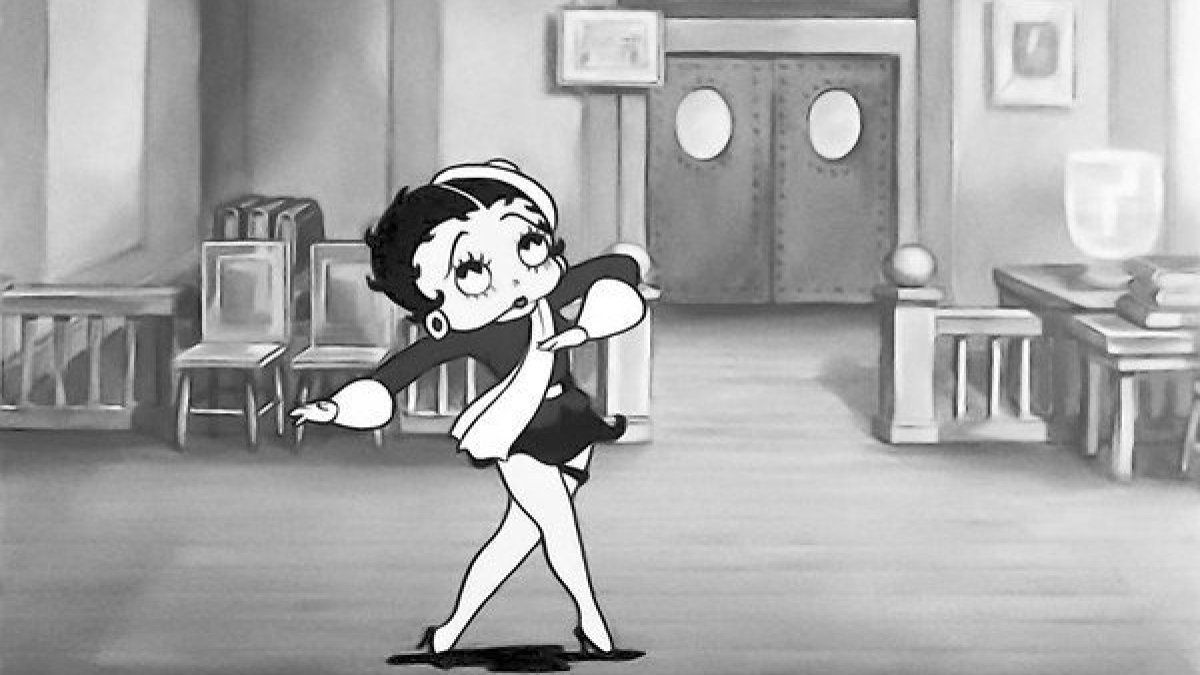
Although she was initially introduced as Bimbo’s human girlfriend, the character of Betty Boop would go on to become Fleischer Studios’ most famous character. Often recognized for having a large baby head on top of a comparatively more slender body, what separated Betty Boop from other female cartoons characters at the time was that she was often portrayed as a very sexual woman and thus making her a prominent sex symbol in the world of entertainment.
In fact, Betty Boop became so popular that she went being a featured character on Talkartoons to having her own series. One of the more iconic Betty Boop shorts, Minnie the Moocher, features many of the surrealist qualities that Nawtick was known for, right down to having a singing, dancing ghost walrus rotoscoped from live action footage of influential scat singer Cab Calloway (the main inspiration for Cuphead character King Dice). Even though the Motion Picture Production Code of 1934 caused Betty Boop to dress more conservatively and do away with her happy-go-lucky attitude, the character’s legacy would live on thanks to her merchandising boom in the 1980s.
Popeye the Sailor
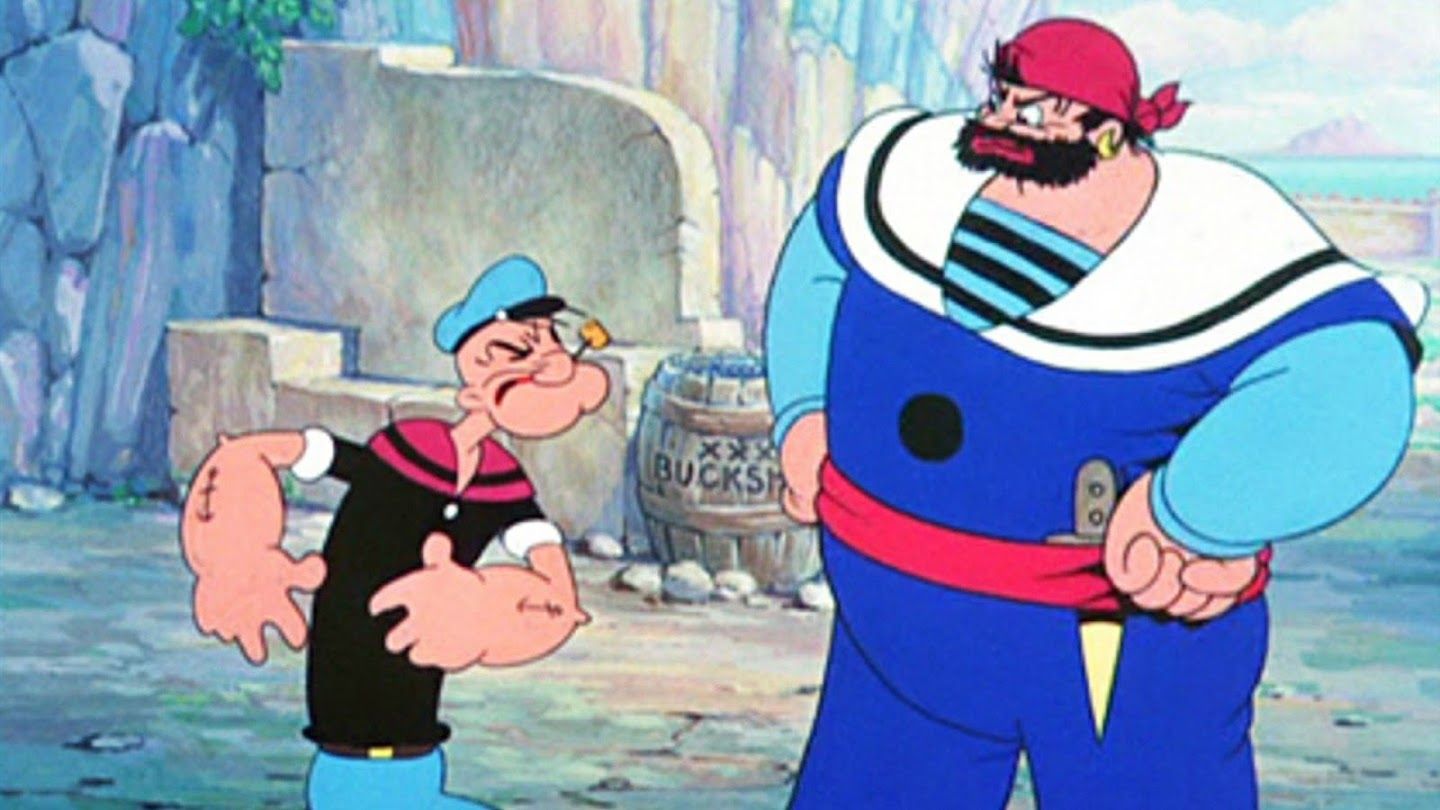
Based on the iconic comic strip character of the same name, Popeye the Sailor is a series of theatrically released animated shorts developed by Fleischer Studios and released between 1933 and 1942.
One of the more notable shorts to come out of this collection was 1936’s Popeye Meets Sinbad the Sailor. This film would become Fleischer Studios’ first animated short to be nominated for an Academy Awards, thanks in part to its vibrant colors and over-the-top character movements.
Popeye Meets Sinbad the Sailor was also one of the many shorts with the titular protagonist to use a stereoscopic rotary process in which the film’s action cels were photographed in front of circular 3D scale-model background. That way, the filmmakers could make audiences think they were watching animated characters walk in front of a real-life backdrop. Fortunately, for those filmmakers, The Cuphead Show! would institute a similar process several decades later!
Read Next
About The Author
Stay connected with us on social media platform for instant update click here to join our Twitter, & Facebook
We are now on Telegram. Click here to join our channel (@TechiUpdate) and stay updated with the latest Technology headlines.
For all the latest Web-Series News Click Here

